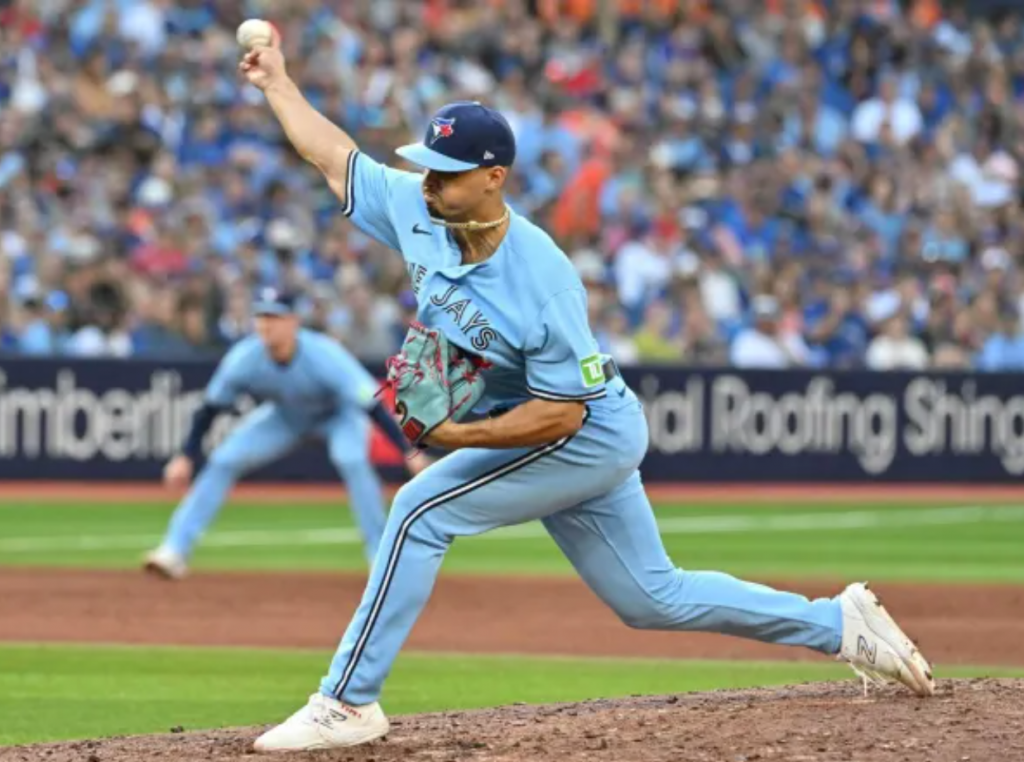
PHASE 2
With gyms continuing to be closed all over due to COVID-19, below is Phase 2 of our workouts with minimal equipment that you can perform at home. The exercises have not been progressed in terms of difficulty (from Phase 1) but changed to continue to provide the body with a stimulus and help further create adaptation. Even further, after a few weeks you can alternate between Phase 1 and Phase 2 to continue to provide that stimulus and further help increase gains.
Continue reading “3-Day Full Body Program (minimal equipment) — Phase 2”









